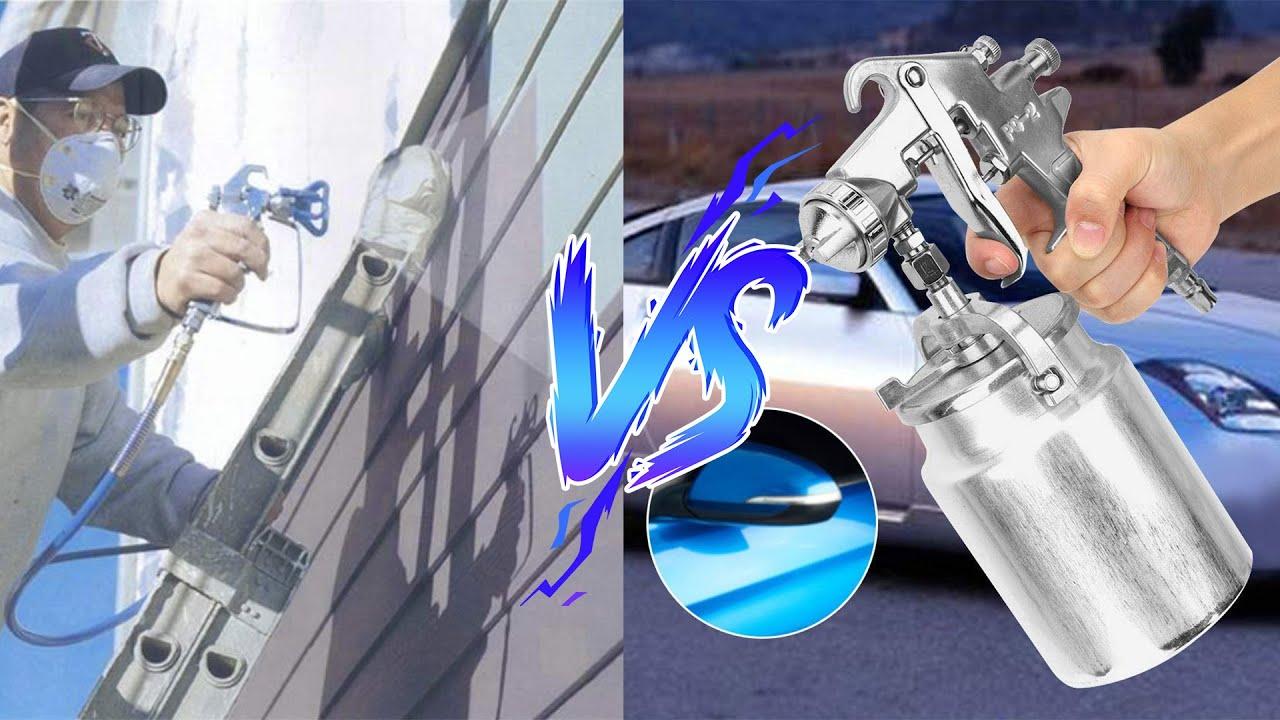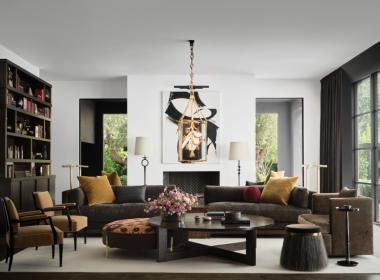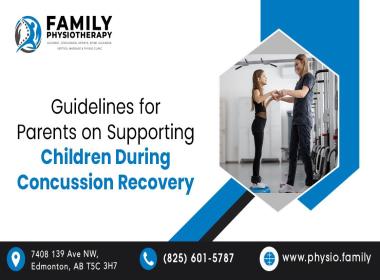
Powder coating is now an industry standard for applications that require durability and resistance to scratching, scuffing, or chipping. There are two types of powder coating guns used in the industry today: air-assisted and airless. Both types accomplish the same task, but they do so in very different ways.
Both air-assisted and airless powder coating guns use a high-velocity stream of powder to add a layer of material onto the product. The difference is in the method that they use to create that stream of powder. Air-assisted coating guns use compressed air while airless coating guns do not rely on compressed air for this function.
Air-Assisted Coating Guns
Air-assisted coating guns require compressed air from an external source to create a stream of powder. The compressed air is used to drive the powder stream at a high velocity towards the product being coated. Any type of powder can be used in an air-assisted gun, but it is most often a polyester based material. There are three subcategories of air-assisted coating guns: fluidized bed, pulse jet, and single fluid.
Fluidized Bed Coating Guns
The most common type of air-assisted powder coating gun is the fluidized bed gun. This system uses a fluidization nozzle near the exit of the barrel to convert the stream of powder into a cloud of powder. This cloud is then rammed onto the product at high velocity with an air knife. The air knife acts like a secondary fluidization nozzle that accelerates the powder out of the gun barrel and onto the product.
Pulse Jet Coating Guns
The pulse jet coating gun also uses compressed air to propel a thinner stream of the powder at a higher velocity onto the product. However, rather than using a fluidization nozzle to atomize and re-fluidize the powder within the gun barrel, it uses a compressed air pulse to break apart the stream of powder into extremely small particles. A secondary fluidized bed is then used to reintroduce this small particle cloud into a larger particle cloud that propels the product.
Single Fluid Coating Guns
The most common type of air-assisted gun is the single fluid gun. This system uses a stream of compressed air and powder to propel material towards the product being coated. However, instead of creating a secondary fluidization bed within the barrel, the powder is introduced directly into the air stream. These two systems (air and powder) work together to propel a cloud of fine particles at the product, which then coats it in a thin layer.
Airless Coating Guns
An air-assisted coating gun primarily uses compressed air from an external source to create a stream of powder that coats the product. An airless gun, on the other hand, does not require compressed air to coat a product in powder. This is because the material is already in its fluidized state when it leaves the barrel and therefore doesn't need to be broken up or re-fluidized with an external source of energy (as with the pulse jet and single fluid gun systems).
Airless coating guns use a rotary atomization system to break the material into a fine stream of powder. This type of gun is often referred to as a "powder-in-air" system due to its ability to release the material into the air, where it coats without actually touching any part of the gun. There are two types of airless powder coating guns: rotary and reciprocating.
Also read about:
Pelvic Floor Physiotherapy Its Significance in Incontinence Intervention
Finding Your Balance Navigating Vestibular Physiotherapy
Empowering Core Health The Role of Pelvic Health Physiotherapy






